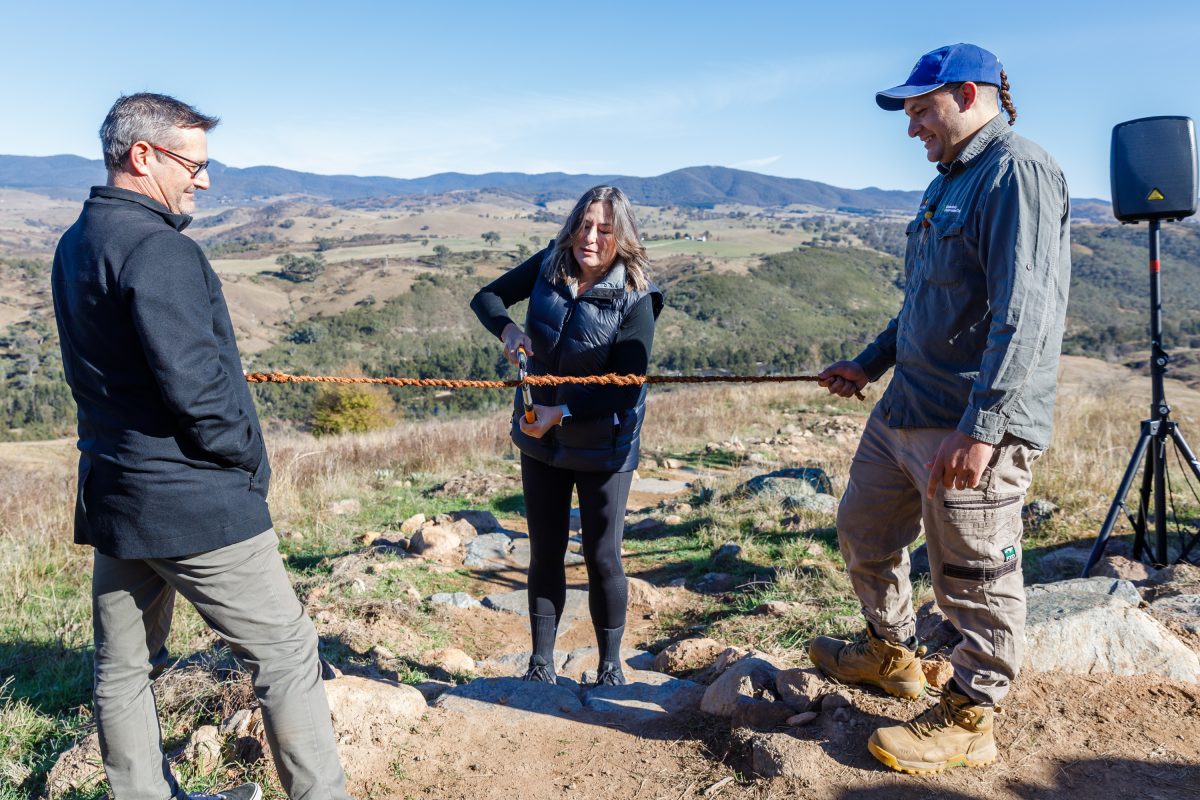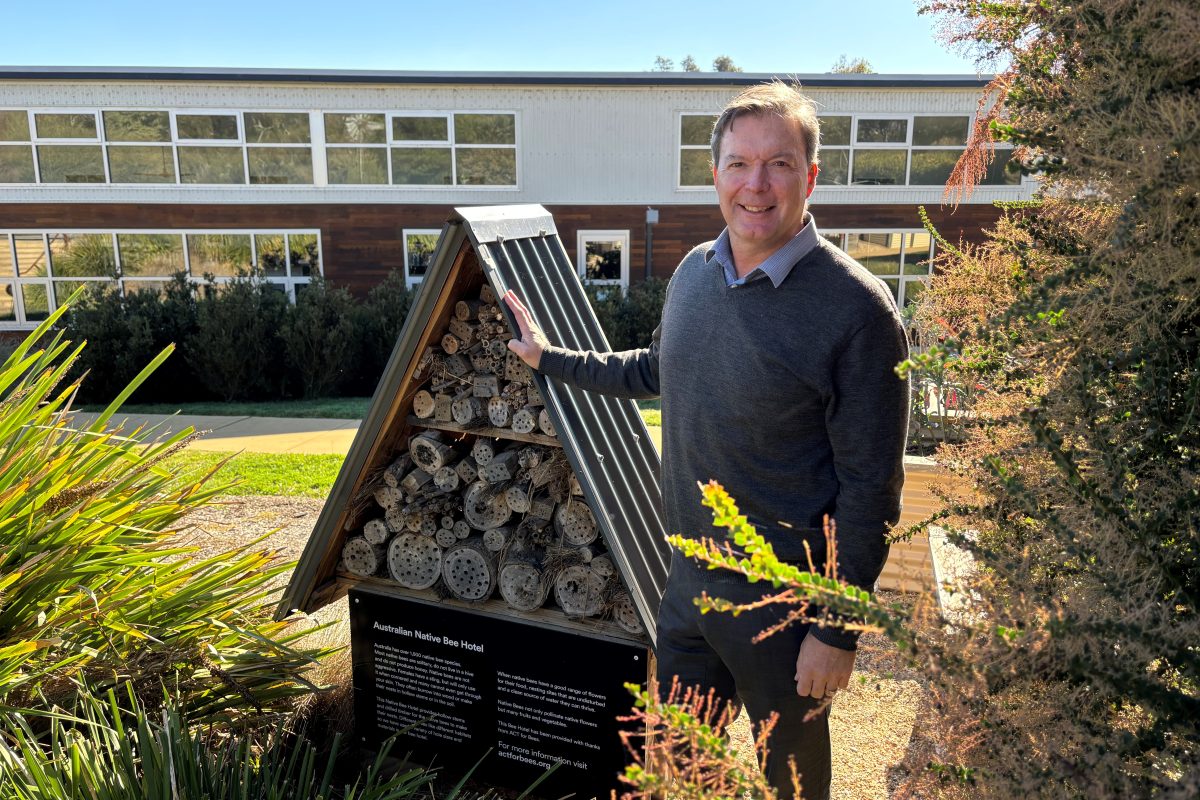Three facts about the conservation corridor at Ginninderry
The Ginninderry river corridor is a place of great beauty, with local and regional environmental, visual and cultural significance.
At the present time it is “locked away” from public access in a rural lease, but with the planned development of the Ginninderry project it will soon become accessible to all.
Extensive research was undertaken over a five year period to better understand the river corridor, and to enable an assessment of the potential impacts of the development on the landscape, the river and of course the flora and fauna. Assessment of bushfire risk has also been a very important part of those investigations.
Here are three things you need to know to understand the proposed Murrumbidgee River conservation corridor:
Area: The corridor will encompass areas of habitat for the endangered Pink-tailed Worm-lizard and areas of Yellow Box Red Gum grassy woodland. It adjoins both the Murrumbidgee River and Ginninderra Creek and includes a total area of 596 hectares – slated for permanent protection and enhancement.
The corridor will include about 6km of Murrumbidgee River frontage and the stretch of the Ginninderra Creek from the suburb of West Macgregor to where it meets with the Murrumbidgee – including the Ginninderra Falls and Ginninderra Gorge.
This means that the Ginninderra Creek Corridor, which commences at Mulligans Flat in Gungahlin and extends through Gungahlin and Belconnen, will be linked to the Murrumbidgee River, which in turn connects to the Molonglo and upstream Murrumbidgee corridors.
Management: All of the corridor that forms part of the Ginninderry project site (371 hectares in the ACT and 206 hectares in NSW) will over time become one management unit, encompassing a diversity of features, recreation and conservation opportunities. The riparian corridor provides an important buffer between the project and the Murrumbidgee River and Ginninderra Creek – protecting a variety of aquatic animals including the Murray Cod, and providing a critical regional landscape link for biodiversity.
At this stage we are investigating the possibility of it being managed by a community trust, including representatives from both the community and relevant Government agencies.
Threatened or significant species: From the research that was undertaken, the corridor and surrounding area recorded a number of endangered species and communities, including:
- Yellow Box Red Gum woodland. This is listed as an endangered ecological community and is relatively degraded. The conservation corridor management plan will include provisions for rehabilitation.
- Pink-tailed Worm-lizard. This is considered vulnerable to extinction and core habitat is included in the conservation corridor.
- Rosenbergs Goanna. An exciting recent discovery is the occurrence of Rosenberg’s Monitor, in the corridor listed as vulnerable.
- Golden Sun Moth. The Moth is listed as critically endangered (none were recorded in the project development area).
- Little Eagle. Listed as vulnerable, a pair of little eagles was found to be nesting on the project site in the vicinity of Strathnairn in 2013. Provisions have been put in place to protect the nest site and foraging area while-ever the pair remain in the locality.
If you would like to know more about the Ginninderry project’s approach to the local environment, check out what sustainability will look like in the area.



